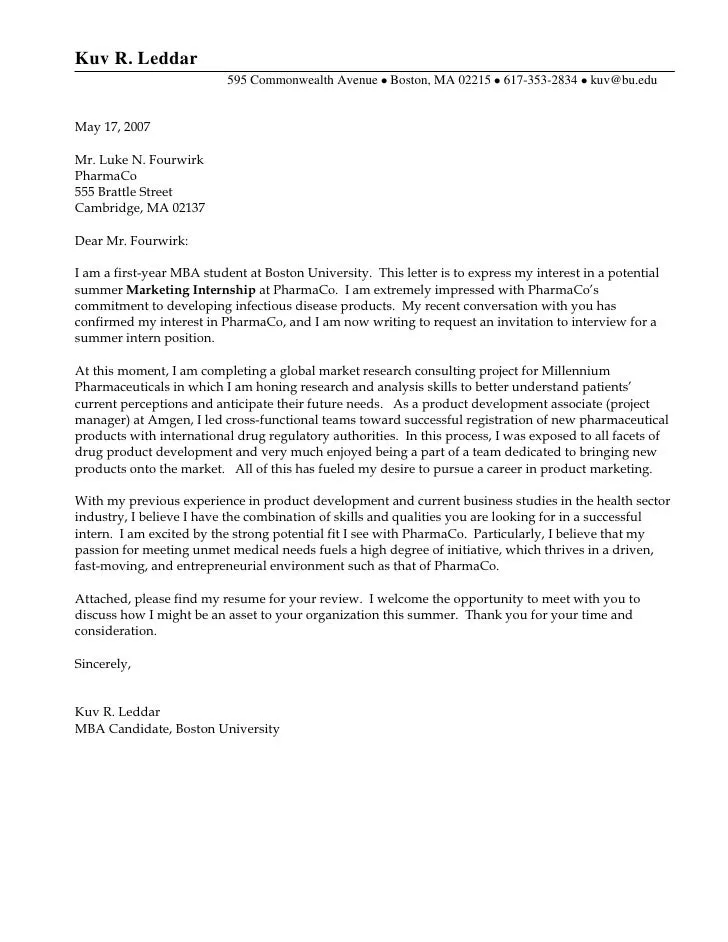What Makes a Good Cover Letter
A good cover letter is a powerful tool that can significantly increase your chances of landing an interview. It serves as your introduction to a potential employer, providing a snapshot of your skills, experience, and personality. Unlike a resume, which provides a factual overview of your career history, a cover letter allows you to elaborate on your qualifications and explain why you are the perfect fit for the specific role and company. When done correctly, a cover letter can be the key that unlocks the door to your dream job, so understanding what makes a great one is essential to success.
Key Components of a Cover Letter
To write a cover letter that stands out, you need to master its key components. These elements work together to present a compelling case for your candidacy. Paying close attention to each part ensures you convey professionalism, enthusiasm, and a clear understanding of the job requirements. Each section should be carefully crafted to highlight your strengths and demonstrate how you can contribute to the company’s success. Ignoring any of these components could mean missing out on the opportunity to impress the hiring manager and secure an interview.
Header & Contact Information
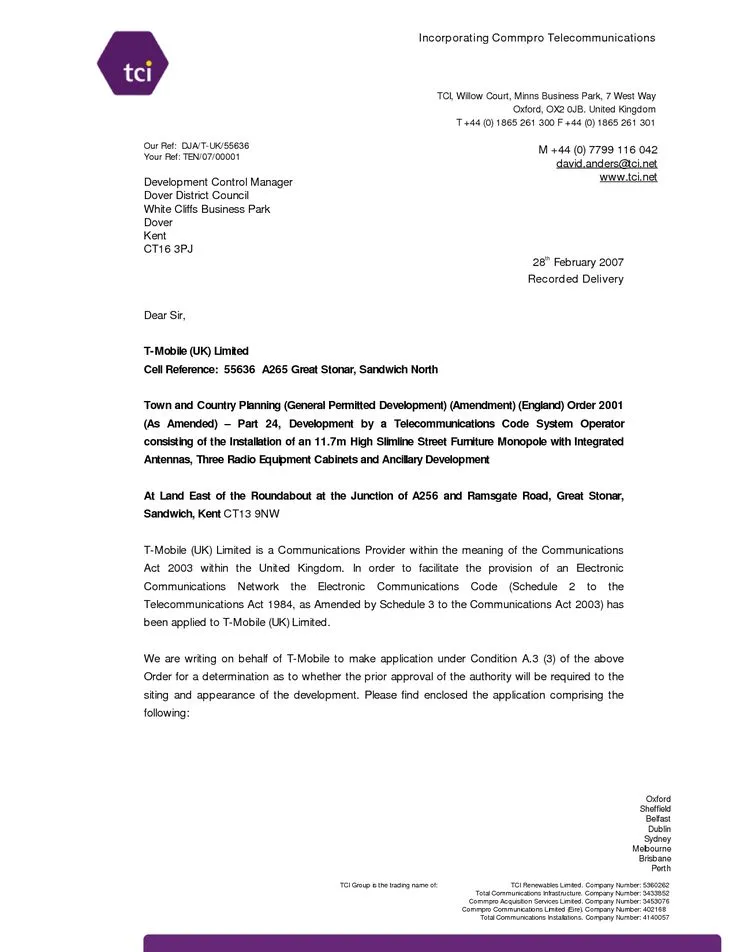
Start your cover letter with a professional header that includes your full name, contact information (phone number, email address, and LinkedIn profile URL, if you have one), and the date. This information should be clearly formatted and easy to find. Additionally, include the recipient’s name, title, and the company’s address. Ensure all contact details are accurate and up-to-date to avoid any miscommunication. This section sets the tone for your letter and ensures the hiring manager can easily reach you if they want to move forward with your application. Be sure to choose a professional-looking email address.
Professional Salutation
A professional salutation is essential for making a good first impression. Avoid generic greetings like “To Whom It May Concern.” Instead, try to find the hiring manager’s name and address the letter to them directly, for example, “Dear Mr. Smith.” If you cannot find a specific name, using a professional alternative such as “Dear Hiring Manager” or “Dear [Company Name] Hiring Team” is acceptable. This personalized touch shows you’ve put in the effort to research and shows respect for the person you are addressing, making your cover letter more impactful.
Opening Paragraph Hooking the Reader
The opening paragraph is your opportunity to grab the reader’s attention. Start with a strong statement that immediately captures their interest. Clearly state the position you are applying for and how you learned about it. Briefly explain why you are excited about the opportunity and what makes you a good fit. Consider mentioning a key accomplishment or skill that aligns with the job requirements. Avoid clichés and be concise; aim to make the reader want to know more. This paragraph should set the stage for the rest of your cover letter and encourage the hiring manager to continue reading.
Body Paragraph Highlighting Achievements
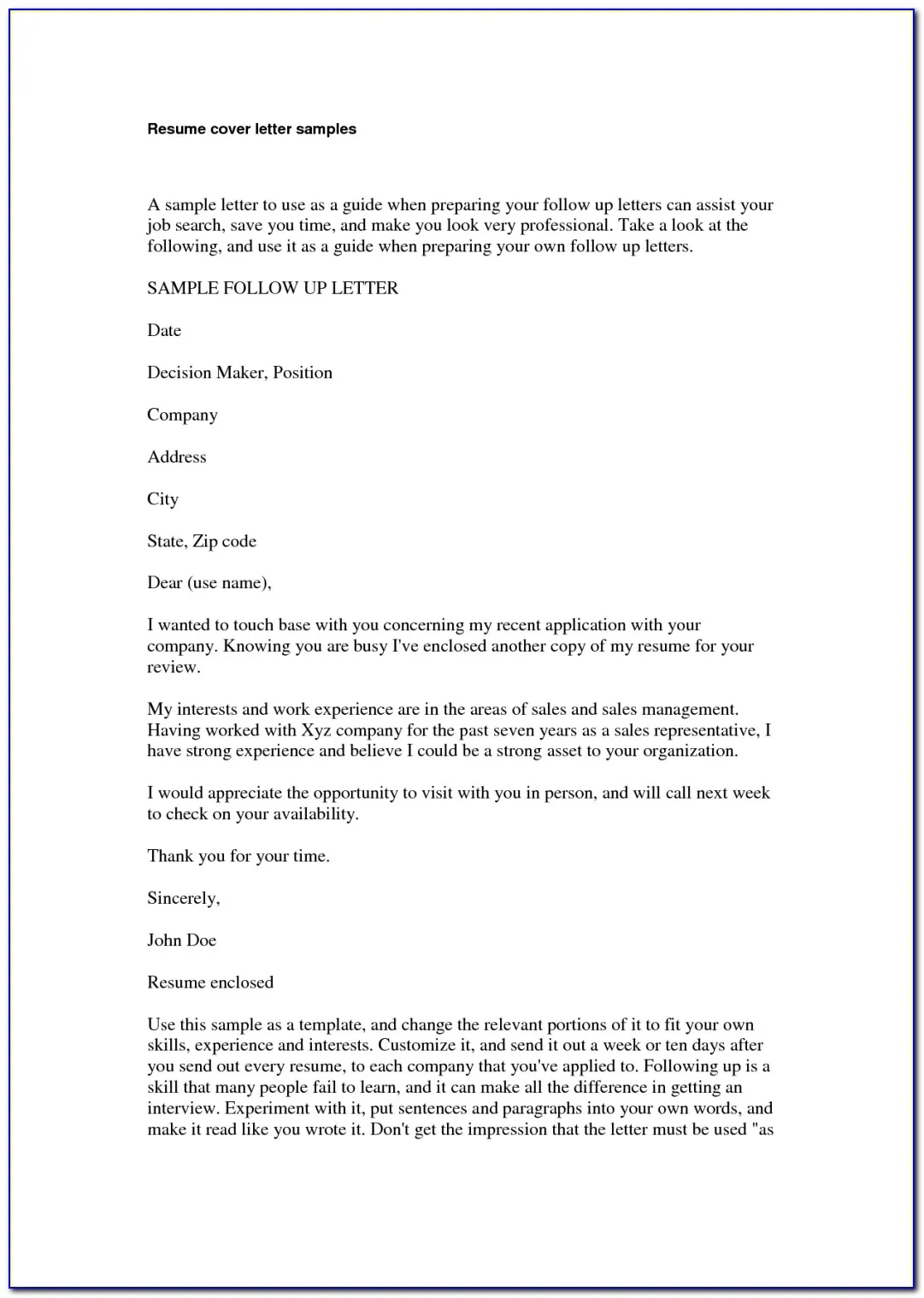
The body of your cover letter should expand on your qualifications and highlight your achievements. Focus on showcasing relevant skills, experience, and accomplishments that align with the job description. Use specific examples to demonstrate how you have successfully handled similar responsibilities in the past. Quantify your achievements whenever possible to provide concrete evidence of your capabilities. This section is where you demonstrate how you can bring value to the company and what makes you stand out from other candidates. Support your claims with examples and be concise and relevant to the target role.
Quantifiable Results
Wherever possible, include quantifiable results to demonstrate your achievements. Instead of saying “Improved customer satisfaction,” state “Increased customer satisfaction by 15% within six months.” Numbers give credibility to your claims and provide tangible evidence of your abilities. Use metrics to showcase the impact of your contributions in previous roles. This approach helps the hiring manager understand the value you can bring to their organization. Whenever you describe an achievement, try to incorporate data to show the success of your efforts and how you created value.
Tailoring Your Cover Letter
A generic cover letter is unlikely to impress a hiring manager. Tailor each cover letter to the specific job and company you’re applying to. Review the job description carefully and highlight the skills and experiences that match the requirements. Research the company’s values and mission to demonstrate you understand their culture. Personalize your letter to show you are genuinely interested in the opportunity. Show that you’ve taken the time to understand the needs of the company and what the role entails. This level of customization shows your dedication and attention to detail, making you a more appealing candidate.
Researching the Company
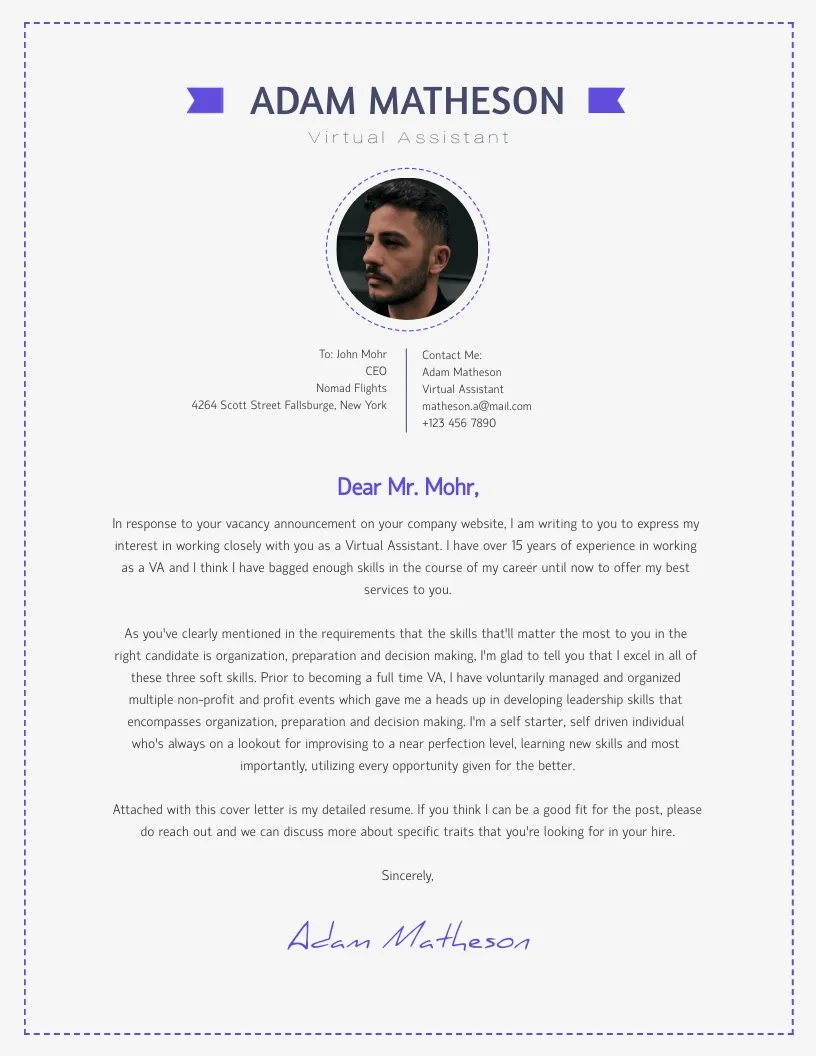
Before you start writing, take time to research the company. Understand their products or services, their mission, and their values. This research will help you tailor your cover letter and demonstrate your genuine interest in the company. Mention specific projects, initiatives, or values that resonate with you. By showcasing that you understand the company’s goals, you can establish a connection with the hiring manager. Looking at their website, social media, and recent news articles will provide you with the information you need to demonstrate you are serious about joining the organization.
Using Keywords
Use keywords from the job description throughout your cover letter. This helps the hiring manager quickly identify your qualifications. Keywords also make your cover letter more likely to pass through applicant tracking systems (ATS). Carefully read the job description and identify the essential skills, qualifications, and requirements. Incorporate these keywords naturally within your descriptions of your experience and achievements. However, avoid stuffing your letter with too many keywords. Ensure they fit naturally and do not detract from the readability or flow of your letter.
Highlighting Relevant Skills
Focus on the skills that match the job requirements. Don’t just list your skills; provide examples of how you have used them effectively. This could include both hard skills (technical abilities) and soft skills (communication, teamwork, etc.). Tailor your examples to the specific job. If the job description emphasizes project management, give an example of a project you managed successfully. Highlighting relevant skills with specific examples will make it clear that you possess the necessary competencies to excel in the role.
Action Verbs
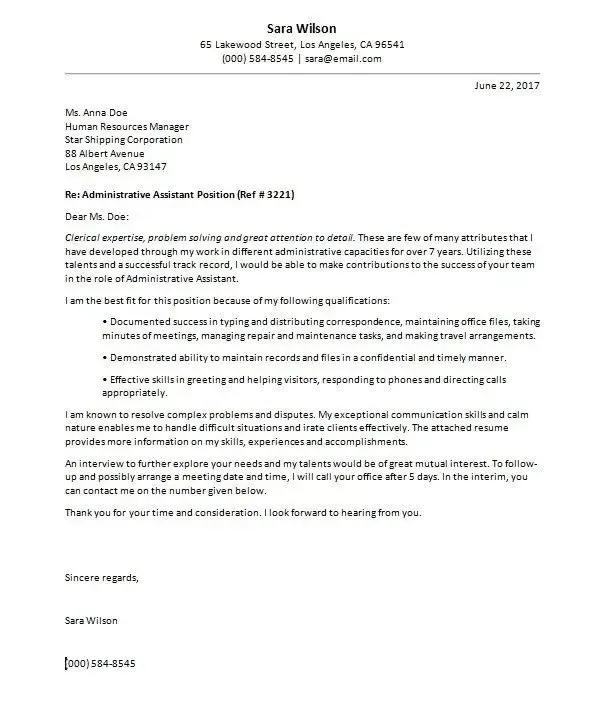
Start your bullet points and descriptions with strong action verbs. Action verbs bring your accomplishments to life and make your cover letter more engaging. Using words like “managed,” “led,” “developed,” “achieved,” and “implemented” provides a vivid image of your accomplishments. Avoid passive language and vague descriptions. Choosing impactful action verbs can significantly improve the impact of your cover letter and make your accomplishments more memorable. This ensures your letter is dynamic and shows a proactive approach.
Closing the Cover Letter
The closing paragraph is your last chance to leave a positive impression. Express your gratitude for the hiring manager’s time and consideration, restate your interest in the position, and include a call to action. Keep this section brief and professional. Reiterate your enthusiasm for the opportunity and make it clear that you are ready to move forward in the hiring process. A strong closing paragraph can help you stand out from the crowd and increase your chances of getting an interview.
Expressing Gratitude
Thank the hiring manager for their time and consideration. This shows respect and professionalism. A simple expression of gratitude can go a long way. This helps to ensure your letter ends on a positive note. Make your gratitude genuine. A sincere thank you leaves a good impression and reinforces your professionalism. It makes it clear that you value the opportunity and the time they have spent reviewing your application.
Call to Action
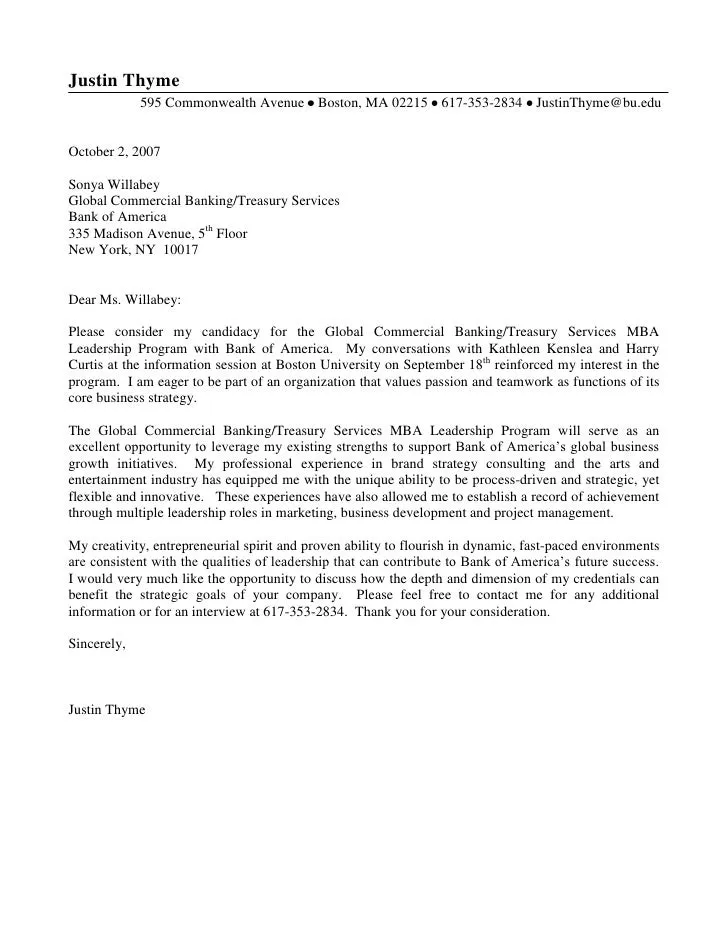
Include a call to action by stating your eagerness for the next steps in the hiring process. This could be a simple statement like “I am eager to discuss my qualifications further in an interview.” Or you might say “I am available for an interview at your earliest convenience.” This prompts the hiring manager to take action. By including a call to action, you make it easy for the hiring manager to know what you want them to do next. It signals your commitment to the role and shows that you are proactive.
Cover Letter Examples by Industry
The structure and content of a cover letter can vary depending on the industry. Research and tailor your cover letter to the specific industry you are applying to. Some industries may require a more formal tone, while others may allow for a more creative approach. Understanding industry standards and expectations is crucial. Using examples will help you customize your cover letter for each industry. This makes it more relatable to the hiring managers, showcasing your deep understanding of the field.
Example Cover Letter for Marketing
A marketing cover letter should showcase your creativity, analytical skills, and understanding of marketing principles. Highlight your experience in digital marketing, content creation, social media, and SEO. Use examples of successful marketing campaigns you have worked on and quantify the results. Include a portfolio or links to your work. Demonstrate your passion for marketing and your ability to drive results for the company. Make sure to present a strong case for why your skills are a good fit for the role. Be sure to make it easy for the hiring manager to understand how you can solve their marketing challenges.
Example Cover Letter for Finance
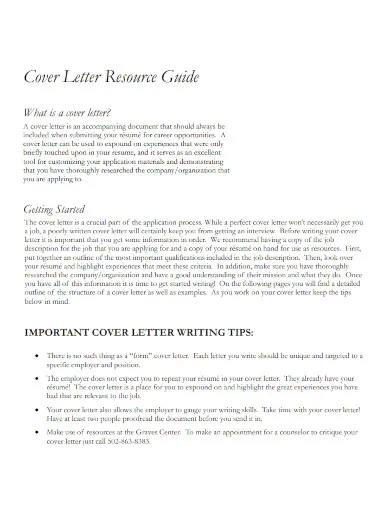
A finance cover letter should demonstrate your analytical skills, attention to detail, and understanding of financial principles. Highlight your experience in financial analysis, accounting, budgeting, and financial reporting. Include relevant certifications and licenses. Quantify your achievements with financial figures and provide evidence of your contributions to the company’s financial performance. Show that you are reliable and detail-oriented, and include your knowledge of financial software and compliance regulations. Ensure that you align your skills to the specific financial position and highlight the ways that you can add value.
Example Cover Letter for Tech
A tech cover letter needs to emphasize your technical skills, problem-solving abilities, and experience with relevant technologies. Highlight your coding experience, your knowledge of different programming languages, and your work with software development tools. Describe the projects you’ve worked on and your contribution. Demonstrate your passion for technology and your ability to innovate. The goal is to show the hiring manager that you can contribute to the team and help solve technical challenges. Provide links to your portfolio and GitHub profiles to show off your projects.
Common Mistakes to Avoid
To make sure your cover letter stands out, avoid these common mistakes. These errors can significantly reduce your chances of getting an interview. Pay attention to details and take steps to ensure your cover letter is free of errors. Addressing and avoiding these mistakes will vastly improve the quality of your cover letter and give you a real competitive advantage when you apply for a job.
Typos and Grammatical Errors
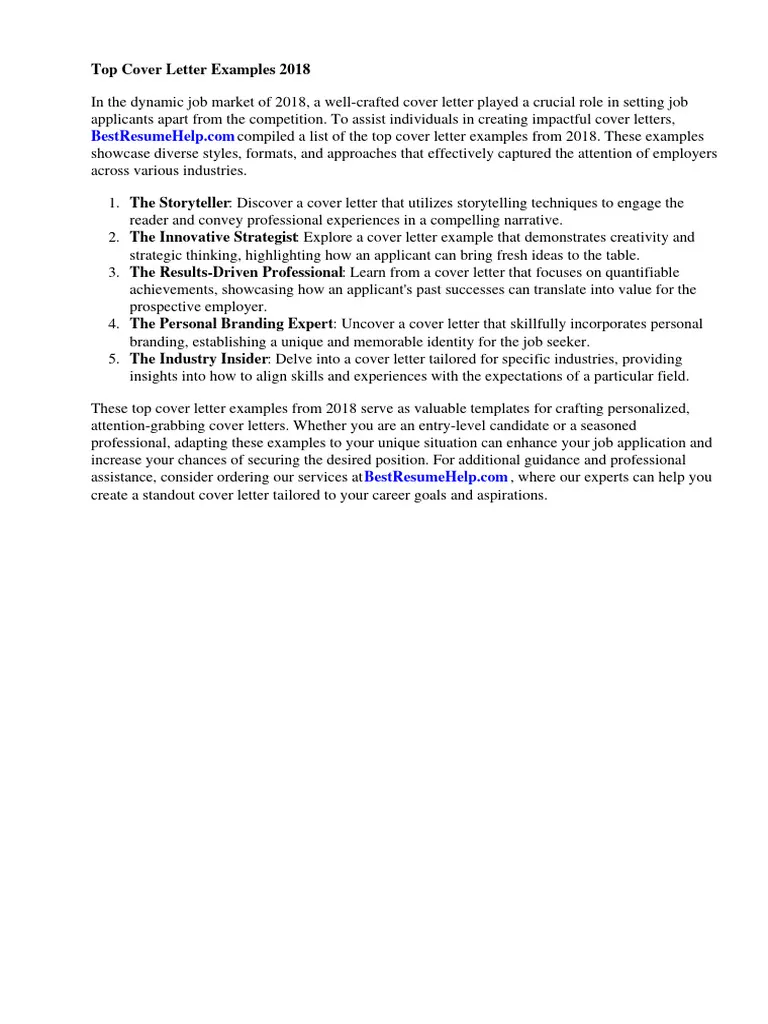
Typos and grammatical errors can undermine your credibility and professionalism. Always proofread your cover letter carefully. Use spell-check and grammar-check tools. Ask a friend or colleague to review your letter for errors. Such mistakes indicate a lack of attention to detail, which could make the hiring manager question your ability to perform your job duties. Always review your cover letter multiple times to make sure it is perfect before you submit it. Proofreading is one of the most important steps in the job search process.
Generic Content
Avoid using generic content. Generic cover letters lack the impact needed to grab the hiring manager’s attention. Do not use the same cover letter for every job. Tailor each letter to the specific job description and company. Show that you understand the company’s needs and have researched their culture. Personalization demonstrates that you care about the opportunity and are not just sending out mass applications. Tailor your letter to the company’s culture and demonstrate your genuine interest in their work.
Ignoring the Job Description
Failing to address the job description’s requirements is a major mistake. The job description is your guide to what the employer is looking for. Read the job description carefully and identify the key skills, qualifications, and requirements. Make sure your cover letter clearly shows that you have the skills and experience they are seeking. Highlight how your background aligns with the requirements. Failure to match your qualifications to the job requirements may indicate you are not a good fit for the role and can result in automatic rejection of your application.
Cover Letter Formatting Tips
Effective formatting enhances readability and professionalism. Proper formatting ensures your cover letter is easy to read and visually appealing. Using appropriate formatting will make your cover letter more professional and easier for the hiring manager to review. A well-formatted cover letter shows attention to detail. Good formatting will improve your cover letter and greatly impact its effectiveness.
Font Choice and Size
Choose a professional and readable font, such as Times New Roman, Arial, or Calibri. Make sure the font size is between 10 and 12 points. Avoid using overly decorative fonts or fonts that are too small. The goal is to make your cover letter easy to read. Select a font that is easy to read on all devices and maintain consistency throughout your document. These fonts are professional-looking and create a favorable impression. Your choice of font helps project a sense of professionalism, even before the reader reads the contents.
Length of the Cover Letter
Keep your cover letter concise. Aim for a single page, ideally. The hiring manager likely has to read many cover letters. Get to the point quickly and highlight your most relevant qualifications. A longer cover letter may overwhelm the reader and lead to your application being ignored. Keep the content focused, brief, and relevant. Focus on showcasing your accomplishments and experience without unnecessary details. Always prioritize quality over quantity to keep the hiring manager’s attention and interest.
Proofreading and Editing
Proofread and edit your cover letter multiple times to ensure there are no errors. Check for typos, grammatical errors, and formatting inconsistencies. Ask someone else to review your cover letter. Reviewing it multiple times and having someone else review it is critical for ensuring that your letter is error-free. A polished, error-free cover letter conveys professionalism and attention to detail. A well-edited cover letter increases your chances of getting an interview. Having another set of eyes can catch issues you might miss. Always review your cover letter with extreme care.
Where to Find Cover Letter Templates
There are many online resources for cover letter templates. Websites like Resume.com, and LinkedIn offer templates to help you get started. Ensure the templates are appropriate for your industry and the type of job you are applying for. Use a template as a starting point, but always customize it to make it your own. Use these templates as guides, but remember to personalize each cover letter. Templates are convenient, but tailoring them to your needs is key to standing out.
